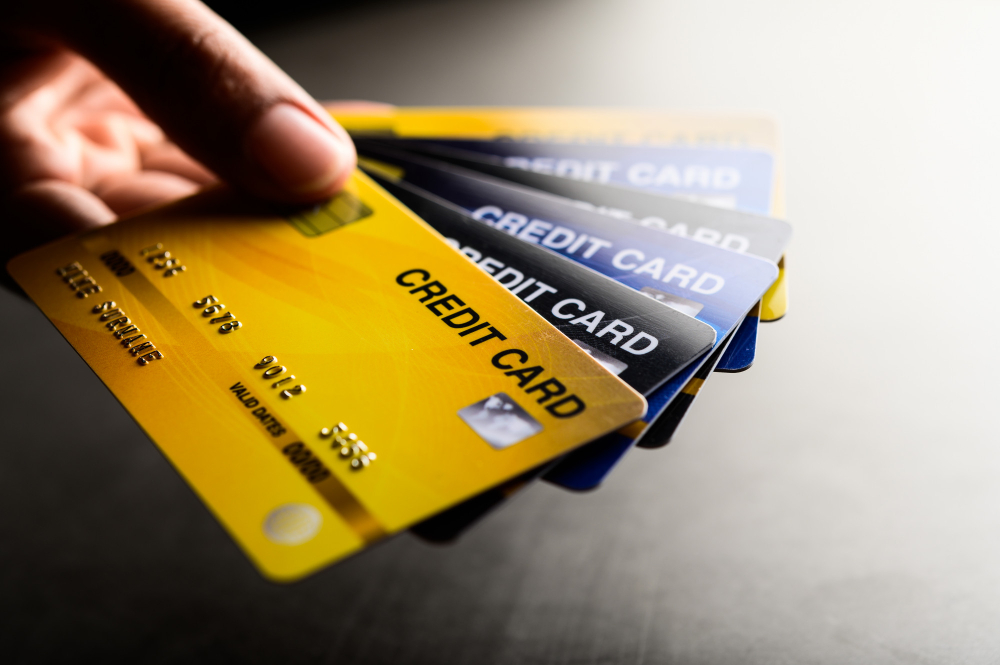UPI is a popular medium for making payments without giving one’s bank details. RBI’s announcement of linking UPI with credit cards has brought in a new payment method. While credit card payment is common, its linkage with UPI will have its impact in many ways.
What is UPI?
UPI means Unified Payment Interface. It is an application that users can install on their phones. They can transfer money from one bank account to another using UPI. Developed by the NPCI (National Payments Corporation of India) and regulated by the RBI (Reserve Bank of India), it is a payment system that allows peer-to-peer transfers between banks. It has single-click, two-factor authentication letting you pay in one click.
To use UPI, a user has to download the UPI app from their bank’s website or an app store. Next, they have to make a profile with a virtual ID and then link this ID to their bank account. After the user is established, they can make transfers, pay utility bills and subscription fees, and make payments using barcodes etc., without entering their bank account details or using their debit card, credit card, or net banking.
Credit card
A credit card lets you borrow money from the issuer up to the monthly credit limit. You have to pay back the borrowed sum to avoid paying interest. You can pay the minimum due amount decided by the credit card company and keep borrowing till you pay the complete amount. The company sends the account holder a monthly bill they must pay by the due date.
Impact of UPI linkage on credit card transactions
RBI has allowed linking UPI with credit cards. At present, only RuPay cards are enabled for this linking. However, visas and other cards are expected to follow suit. Without linking this card with UPI, a UPI user has to carry their credit card, and the retailer must have a PoS (Point of Sale) terminal to process the payment.
The points below explain the possible impact of this linkage on credit card transactions:
Higher usage of credit cards
Users will be able to use their credit cards for more transactions, especially for lower amount payments. UPI already has widespread acceptance. With the linking, users can expand the scope of their credit cards. In addition to tier-1 cities, tier-2 and tier-3 cities also accept UPI payments. By linking credit cards with UPI, additional users may be added. An increase in these users will eventually increase the use of credit cards and may also have new credit card holders seeing the benefits. It will also generate more revenue for credit card companies.
Consumers may spend a larger amount.
With a UPI payment, the amount is deducted from the account holder’s savings or current account. In the case of credit cards, it works as a short-term loan, with an upper limit being the credit limit. Connecting UPI with credit cards will allow the account holders to spend more than they would with a credit card payment. Since this short-term loan facility is not available with debit cards and net banking, there is a spending limit up to the available bank balance. With credit card linking, people can spend more than they have, knowing they can pay their credit card bill at the end of the month.
Convenient use of credit cards
When using a credit card, the cardholder needs to carry their card with them and swipe it in the PoS (Point of Sale) machine. With credit cards linked to UPI, cardholders will no longer need to carry credit cards to make payments. They will just have to give the PIN that will be generated at the time of the transaction.
Cost of the transactions
UPI transactions do not charge extra when used with a debit card or a mobile wallet. However, there may be cases where banks levy a fee after a certain number of transactions. In the case of debit and credit cards, MDR (Merchant Discount Rate) is charged to the merchant who processes the transaction. This charge is, in turn, levied on the consumer. A fee may be levied on the UPI transaction linked to a person’s credit card. However, it is unclear right now. The fee amount may also vary with the transaction amount. But this charge is a possibility, especially with a rise in such transactions.
Overspending and debt accumulation
With the convenience of UPI and the borrowing facility with a credit card, consumers may end up overspending. While this will generate more revenue for credit card companies, card users must be wary. Excessive use of this facility may lead to debt accumulation. If they cannot repay the loan on time, their debt will keep piling up along with interest. It can also affect the cardholder’s creditworthiness in the long run.
Linking UPI with credit cards can be a boon to cashless transactions. It can be a replacement for a credit card payment, but consumers should keep their spending limit in mind when using this facility.
































































